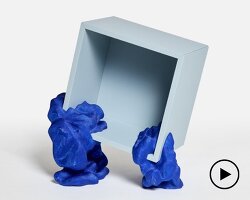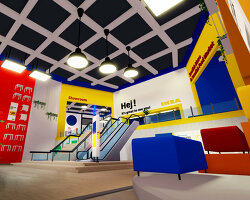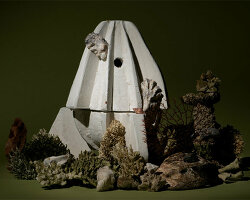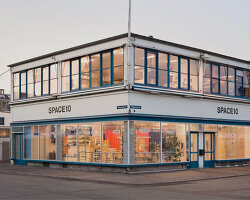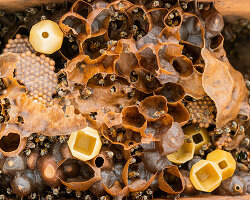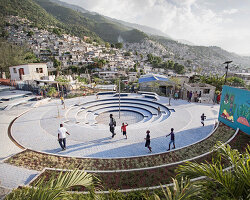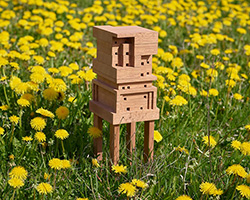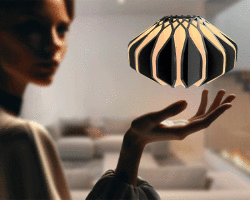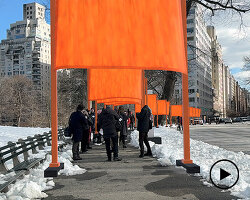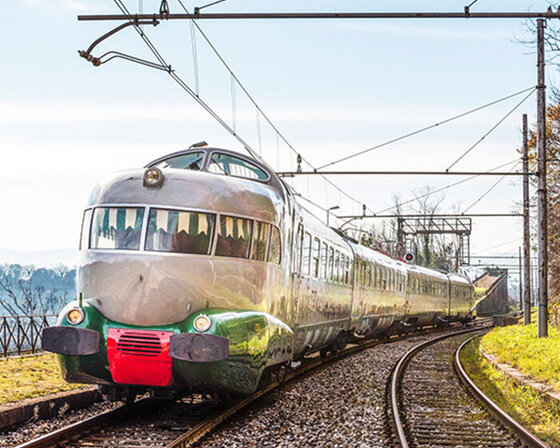IKEA and its external innovation hub, SPACE10, have launched ‘everyday experiments’, an ongoing series of digital proposals and prototypes that explore how tomorrow’s technologies may redefine life at home. the collection so far includes 18 experiments that apply the latest technology available today to experience-driven details of everyday living. examples include field’s ‘extreme measures,’ a playful way to calculate the dimensions of a certain space through an ‘expanding elephant’; and ‘optical soundsystem’ by manvsmachine, a speculative design prototype for an augmented reality (AR) application which would allow you to ‘see’ music within your environment.
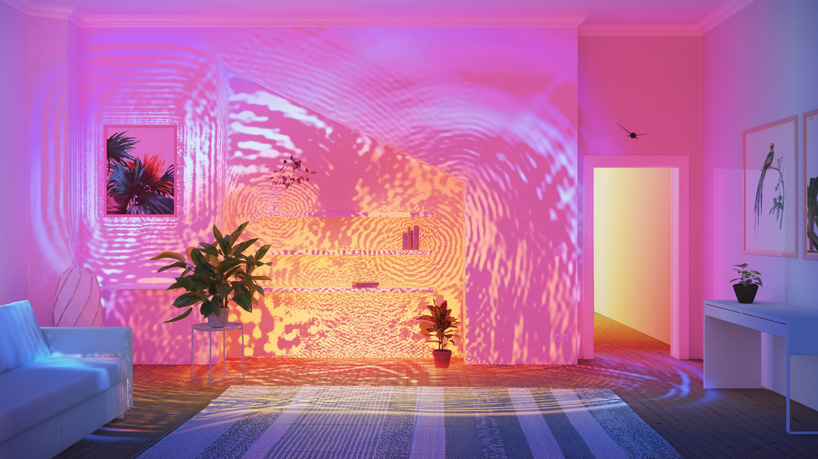 ‘spatial instruments’ by field
‘spatial instruments’ by field
all images courtesy of SPACE10 and IKEA
in everyday experiments, IKEA and SPACE10 explore how we can work with advancements in technology to make our homes a little tidier, more sustainable, private, helpful, or intuitive. created in collaboration with innovative design and technology studios around the world, the proposals seek ways to take the everyday and make it extraordinary. the initiative hopes to take our preconceptions that technology can be intrusive, untrustworthy or confusing, and prove that it can actually be peaceful, helpful, secure and sustainable.
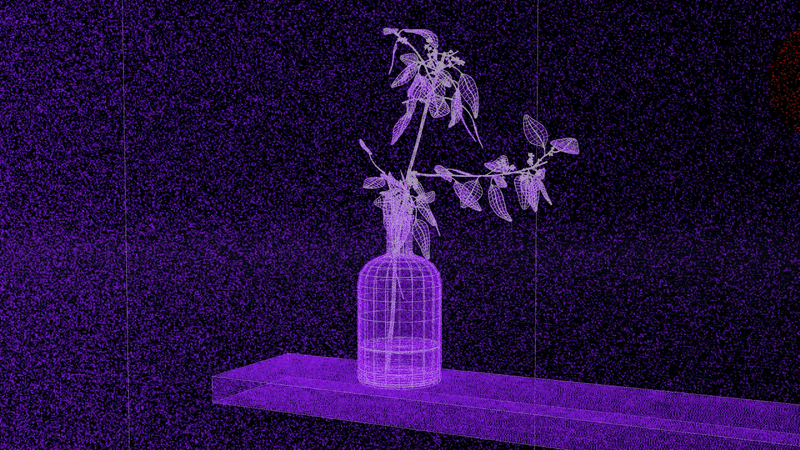 ‘spatial instruments’ by field
‘spatial instruments’ by field
so far, the project includes 18 proposals by studios and individuals such as manvsmachine, field, bakken & bæck, random studio, and more. some experiments focus on safety, such as one of the apps in bakken & bæck’s proposals which includes a light bulb that can alert you to the level of air pollution outside. in ‘private collection’, an experiment proposed by cirg, the user is invited to select details in the house they would like to have masked in augmented reality: private documents, for example; or children’s faces. you can view all proposals in the dedicated ‘everyday experiments’ website here.
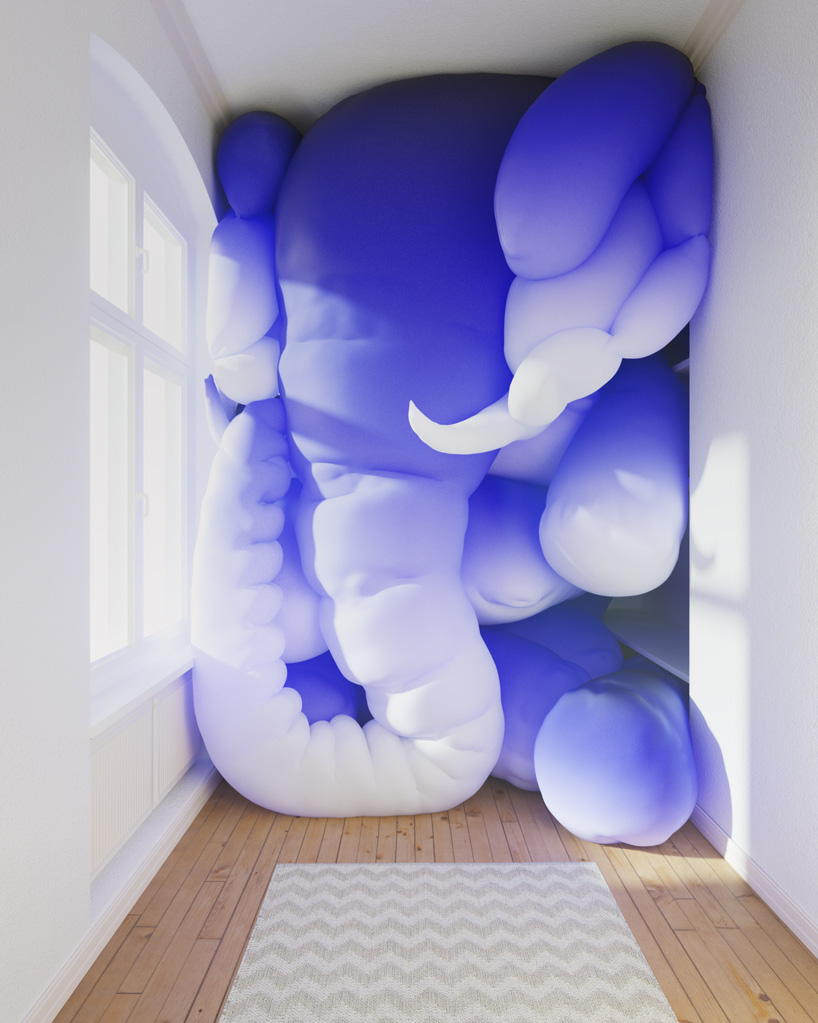 ‘extreme measures’ by field
‘extreme measures’ by field 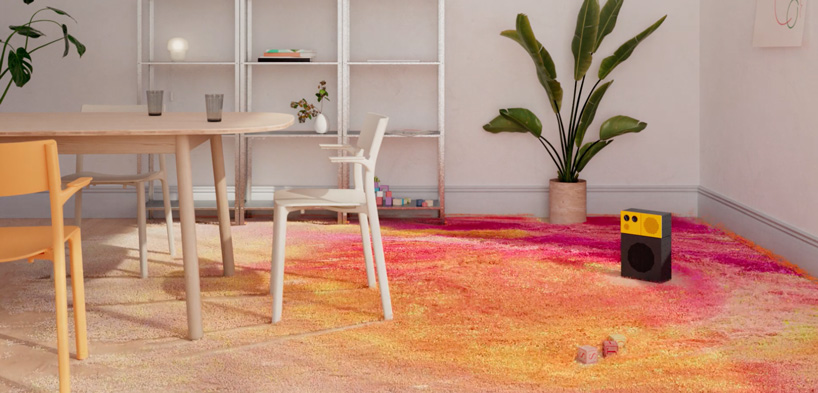 ‘optical soundsystem’ by manvsmachine
‘optical soundsystem’ by manvsmachine
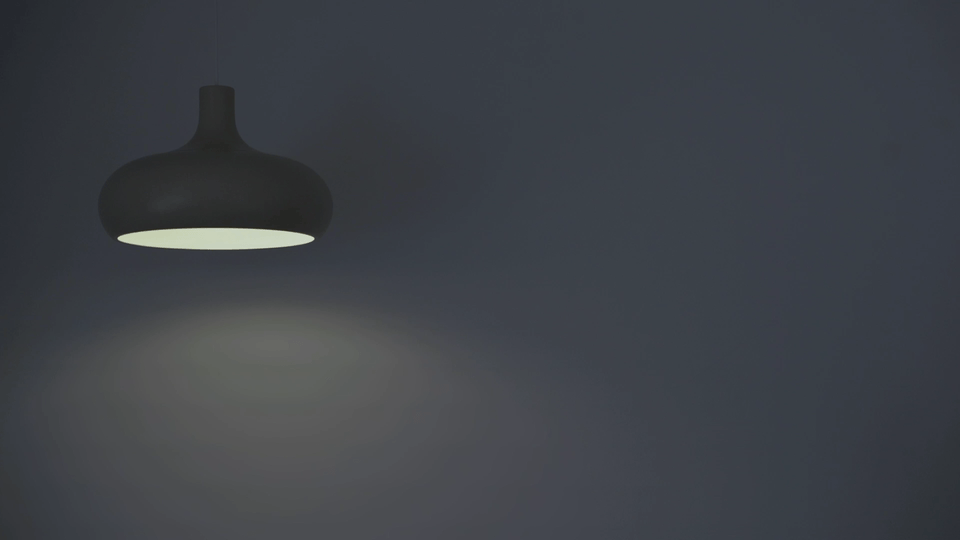 ‘light gestures’ by timi oyedeji
‘light gestures’ by timi oyedeji
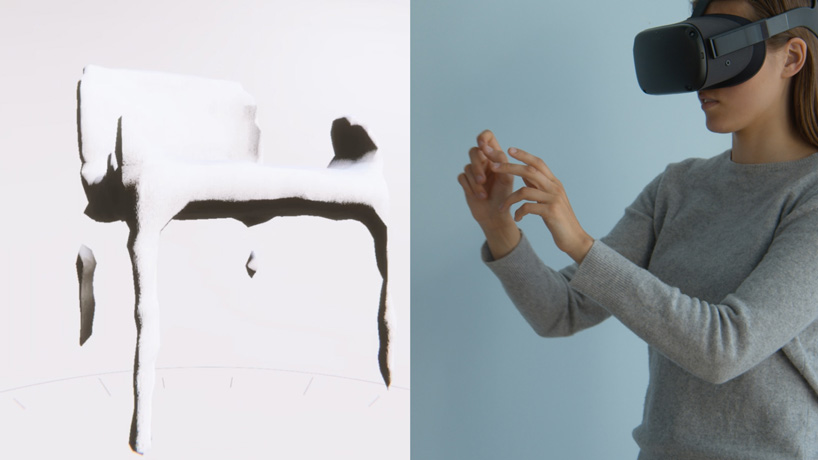 ‘techno carpenter’ by bakken & bæck
‘techno carpenter’ by bakken & bæck
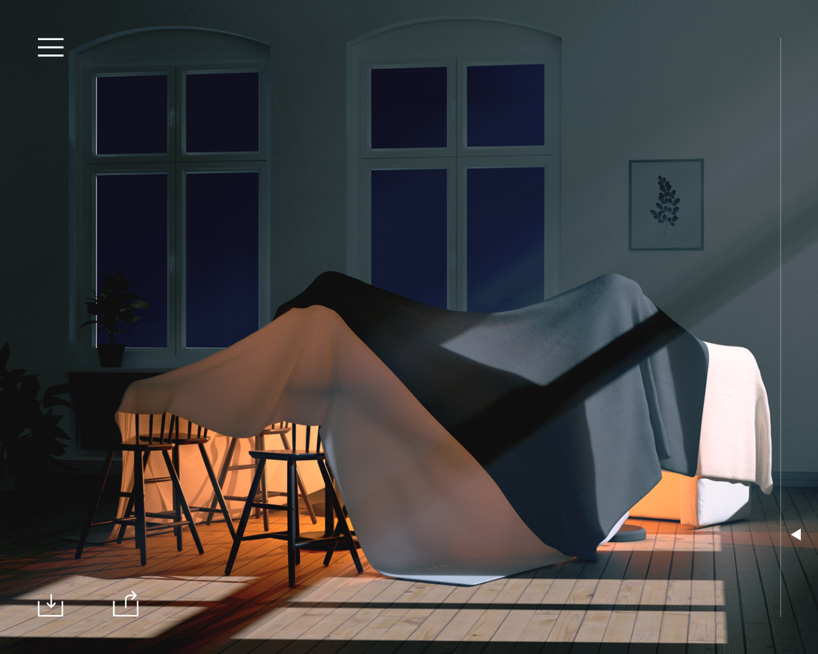 ‘fort making’ by field
‘fort making’ by field
project info:
name: everyday experiments


